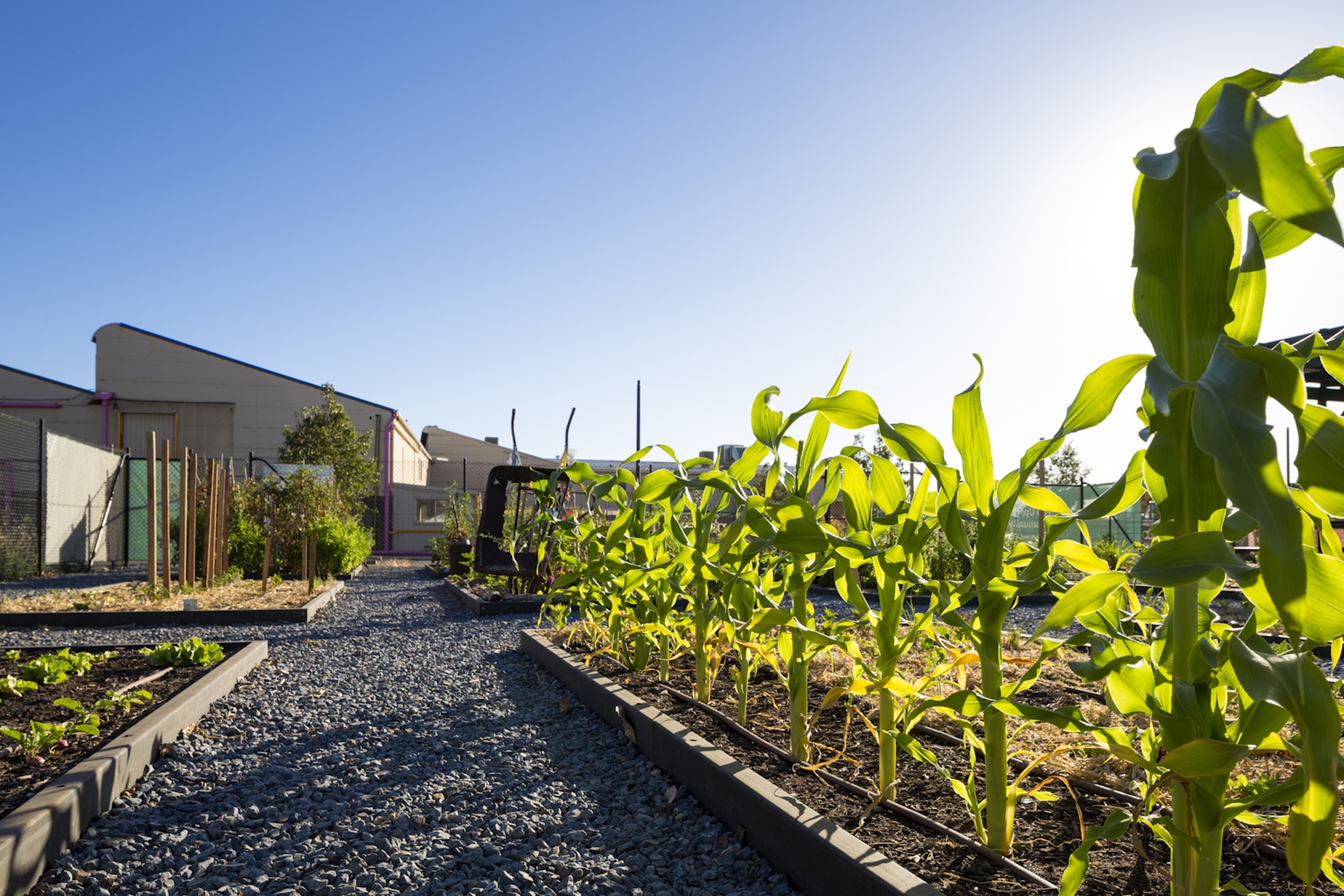Making the move to net zero
A word from Rom
27 May 2016
Climate change is shaping up as a critical issue in the federal election campaign.
You only have to consider that we are still swimming in Sydney as the daily temperature averages 24.3 degrees in May. We have seen the terrible images of the coral bleaching across the Great Barrier Reef. And we’ve read that our atmosphere has reached a new carbon milestone at Point Grim, all warning bells ringing in voters’ ears.
But positive action is more than possible and our industry is at the ready.
Last week, the Australian Sustainable Built Environment Council released a new report, Low Carbon, High Performance, which finds we can eliminate emissions from our buildings entirely by 2050.
And we can deliver healthier, more productive cities and save $20 billion using technologies that exist today.
Over the last decade, our industry has worked hard to transform its approaches and processes – and the results are there for all to see.
More than 1,060 Green Star projects equate to 14 million sqm of Green Star certified space. That’s more than twice the size of the Melbourne CBD.
We need to move faster if we are to ensure the liveability, productivity and long-term sustainability of our cities.
But we need to move faster if we are to halt climate change. And we need to move faster if we are to ensure the liveability, productivity and long-term sustainability of our cities.
Our election platform for 2016 outlines a clear five-point plan for our buildings, cities and communities:
- Move towards net zero
- Raise minimum standards
- Harness the potential of mid-tier buildings
- Accelerate the advancement of a precinct utilities marketplace
- Catalyse the sustainable cities movement.
The task is urgent.
The Low Carbon, High Performance report finds just five years of delay could lead to more than 170 megatonnes of lost emission-reduction opportunities, and $24 billion in wasted energy expenditure. This is the equivalent emissions to almost 36 million passenger vehicles driven for a year, or the electricity required to power 23 million homes.
We’ll be working hard over this long election campaign to seek commitment from all political parties on their promises to build a better, more sustainable future for all Australians.
Download the GBCA’s 2016 federal election five-point plan and tell us what you think.
